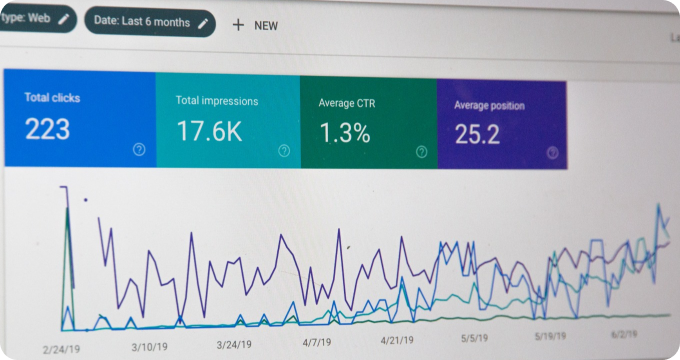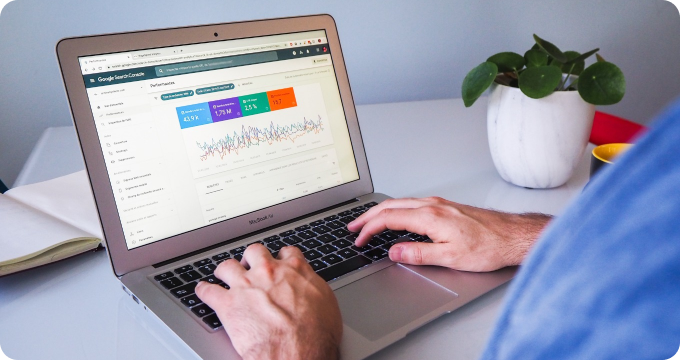The Future of Product Cost Management Software: Predictions and Emerging Trends
- January 23, 2024
- 3 minutes
Product Cost Management (PCM) software is a vital tool in the arsenal of any manufacturing organization. It's the technological embodiment of cost engineering, a discipline that seeks to balance expense with performance to achieve maximum value. PCM software enables businesses to precisely estimate costs and integrate them into product planning and design. As we turn our gaze to the future, it is not just the utility of PCM software that demands our attention, but also the evolution and emerging trends that are set to redefine its landscape.
The predicted trajectory of PCM software can be charted by examining its historical context. The genesis of PCM software was in the 1980s, with rudimentary systems designed to assist cost engineers in their tasks. Over the next few decades, the capabilities of these systems expanded in line with progress in information technology, computational power, and data availability. By the 21st century, PCM software had become a complex application, capable of intricate cost modeling, multi-level analysis, and dynamic simulation.
The future of PCM software is, in many respects, a continuation of its past. The forces that drove its development - technological advancement, economic competition, and organizational complexity - are set to intensify. Yet, the coming era of PCM software will not just be about doing more of the same, in a better and faster way; it will be about new paradigms and capabilities that challenge current assumptions and practices.
One emerging trend is the integration of artificial intelligence (AI) into PCM software. AI, with its ability to learn from data and make predictions, can enhance the accuracy and efficiency of cost estimation. For instance, by analyzing historical cost data, AI can identify patterns and relationships that may escape human analysis. These insights can then be used to predict future costs with greater precision. AI can also automate routine tasks, such as data collection and processing, freeing cost engineers to focus on more strategic activities.
Another trend is the use of cloud-based PCM software. The cloud brings several advantages, such as scalability, accessibility, and cost-effectiveness. It allows businesses to deploy and scale PCM software more quickly, to access it from anywhere, and to save on hardware and maintenance costs. Moreover, the cloud supports collaboration and data sharing among cost engineers and other stakeholders, fostering a more integrated and holistic approach to cost management.
A further trend is the fusion of PCM software with other enterprise systems, such as product lifecycle management (PLM) and enterprise resource planning (ERP). This integration can result in a comprehensive platform that covers all aspects of product cost management, from initial design and planning, through production, to post-sales service and disposal. This platform can provide a single source of truth for cost data and enable real-time visibility and control over costs.
The future of PCM software will also be shaped by the evolution of manufacturing practices and technologies. For instance, the rise of Industry 4.0, characterized by the digitalization and automation of manufacturing, will drive the need for PCM software that can handle complex, dynamic, and interconnected cost structures. Similarly, the proliferation of additive manufacturing (3D printing) will necessitate PCM software that can model and manage the unique cost characteristics of this technology.
The potential impact of these emerging trends on PCM software is profound. AI has the potential to transform PCM from a largely reactive discipline, focused on controlling and reducing costs, to a proactive one, capable of predicting and optimizing costs. Cloud-based PCM software can democratize access to cost information and facilitate more inclusive and informed decision-making. The integration of PCM software with other systems can engender a more strategic and systemic perspective on cost management.
However, these trends also pose challenges. AI, with its inherent opacity and complexity, raises issues of trust and accountability. Cloud computing, while enhancing accessibility, can expose sensitive cost data to cyber threats. Integration with other systems can lead to complexity and interoperability problems. Further, the adaptation of PCM software to new manufacturing practices and technologies requires a deep and nuanced understanding of their cost implications.
In conclusion, the future of PCM software is not just about technological innovation but also about conceptual and cultural transformation. It is about seeing cost not as a constraint to be minimized but as a strategic variable to be optimized. It is about embracing diversity and complexity, not as a source of confusion and conflict, but as a source of insight and innovation. It is about making product cost management a collaborative, inclusive, and forward-looking endeavor. This is the promise and the challenge of the future of PCM software.
Learn More
Unleash the potential of your business by diving deeper into our enlightening blog posts about product cost management software, a tool that could revolutionize your cost efficiency. For an unbiased, comprehensive view, the reader is encouraged to explore our meticulously compiled rankings of Top Product Cost Management Software.
Popular Posts
-
 Product Cost Management Software Industry Report: Unveiling Key Findings and Insights
Product Cost Management Software Industry Report: Unveiling Key Findings and Insights
-
 Debunking 10 Myths About Product Cost Management Software
Debunking 10 Myths About Product Cost Management Software
-
 8 Things I Wish I'd Known About Product Cost Management Software Before Implementing It
8 Things I Wish I'd Known About Product Cost Management Software Before Implementing It
-
 What are Product Cost Management Software Solutions and How Do They Work?
What are Product Cost Management Software Solutions and How Do They Work?
-
 Ask These Questions to a Product Cost Management Software Provider to Choose the Right One for Your Business
Ask These Questions to a Product Cost Management Software Provider to Choose the Right One for Your Business






